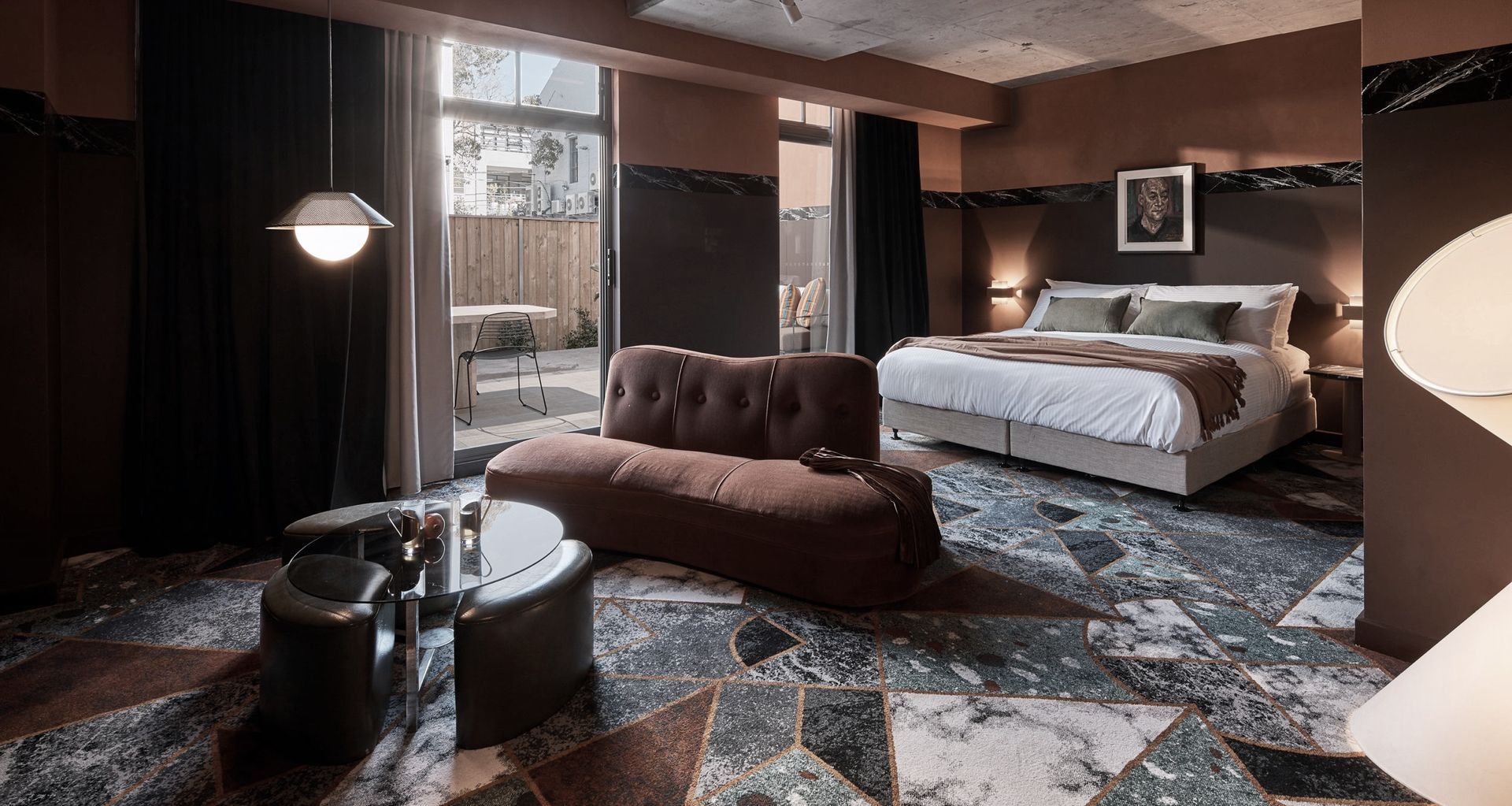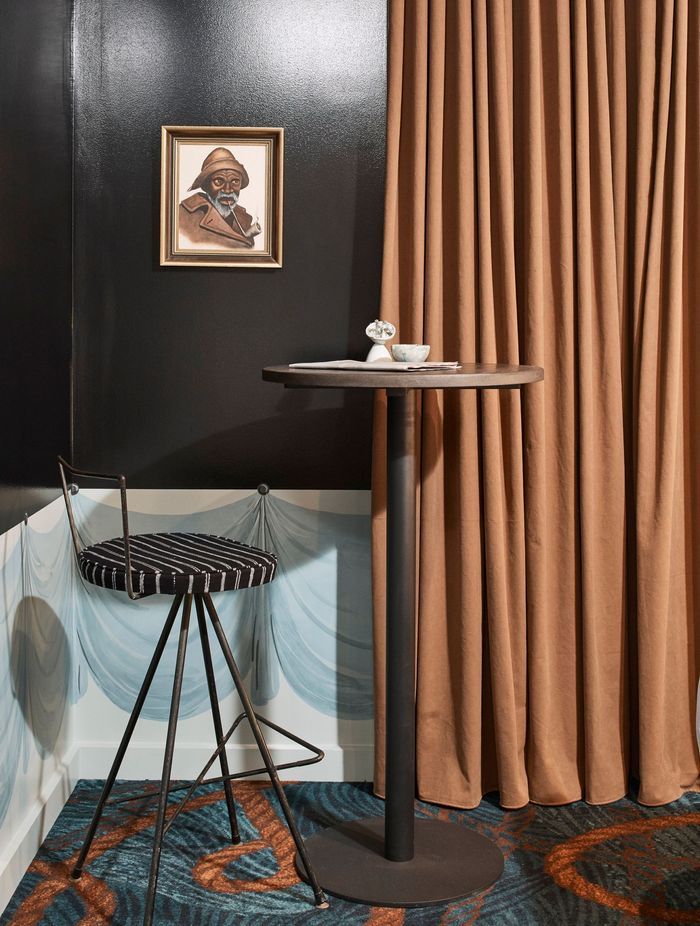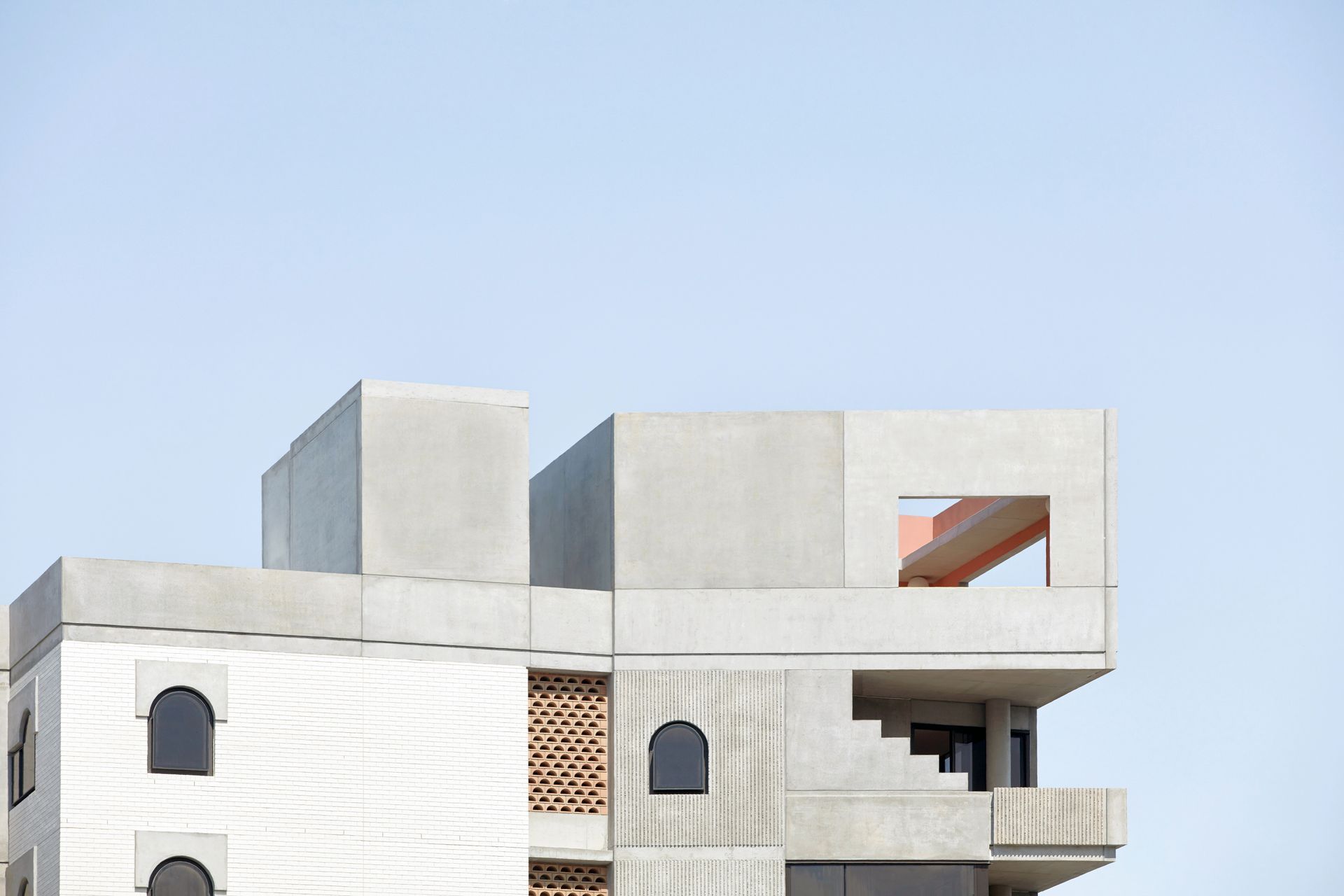Home suite home: the rise of boutique hotels in Australia
Written by
13 September 2022
•
4 min read

The average hotel experience has changed dramatically over the past decade or so. Once, five-star hotels were synonymous with a consistent formula of formal service and often homogenous décor. Now, the landscape has shifted, reflecting contemporary perceptions of luxury. Experiencing the essence of each location is something more travellers are calling for, with a comfortable bed and room service not enough to satiate the new breed of nomads.
In response, hotels small and large are taking a more bespoke approach. Rather than a definitive ‘look’ you can expect to see whether you’re in Sydney, Paris or Tokyo, there’s been a rise in residential qualities with curated furniture and artwork. All rooms are not alike; to get the full scope of many boutique hotels requires multiple stays with each a unique experience.
Boutique hotels act as a welcome antidote to the standardisation of traditional hotels. Conceivably the most appealing thing about boutique hotels is their ability to reflect their surroundings. While the hotel is a respite from the hustle and bustle of the city or town, it isn’t an escape – it’s an extension. Whether it’s artwork by local artists hanging in the lobby, a bespoke menu featuring native produce crafted by a local chef, or custom-made furniture that befits its environment, the best boutique hotels shun homogeny and artifice in favour of creating unique, authentic experiences for their guests.


While the term ‘boutique hotel chain’ might sound like an oxymoron, the Ace Hotel Group is just that. Despite having over ten locations, each Ace Hotel is a distinct experience, designed to reflect its surroundings. Marking the Ace Hotel Group’s first venture in the southern hemisphere, Ace Hotel Sydney sits within the historic Tyne House in Surry Hills.
Designed in collaboration with Flack Studio, Ace Hotel was inspired by the earthy tones of a landscape painting by Indigenous Australian artist Albert Namatjira, reflected in the organic colour palette of terracotta, greens and burnt orange that complements a material palette of exposed brick, raw concrete, oak and leather. Artwork plays a key role in Ace Hotel Sydney, with art used as a means of connecting the hotel to the community it inhabits. Pieces by local and emerging artists aid in localising the hotel without being contrived.
Boutique hotel The Collectionist in Sydney is the result of a collaboration unlike any other. Entrepreneurs Daniel Symonds and Toby Raphael worked alongside Andrew Cliffe, founder of interior design studio The World is Round, to create a hotel where every room is different. Four design studios designed 10 rooms each, with Yasmine Ghoniem of YSG Studio among the collaborators. To truly grasp the full extent of The Collectionist, you’ll need to stay there 40 times. Each room is a multifaceted space, with rich layers of texture, materials, pattern and original artwork.
An almost Brutalist structure, The Calile Hotel offers a resort-style experience within an urban setting. Located in the heart of Brisbane’s Fortitude Valley, The Calile Hotel works to create a unique identity and sense of place while respecting and contributing to the urban environment around it. Crafted from a restrained palette of white brick, stone and expressed concrete, The Calile Hotel is dramatic in its minimalism. Warmth and optimism are created through an abundance of natural light and open spaces, with clean surfaces and natural materials contributing to its laidback glamour. Suites take on a similar aesthetic; pared-back in terms of décor, they let the architectural details and luxurious material palette shine.
Also located in Brisbane’s Fortitude Valley, Ovolo The Valley takes an eclectic approach. With both English singer-songwriter David Bowie and Alice in Wonderland selected as muses for the space, Ovolo The Valley is a rock ‘n’ roll escapist fantasy. With rooms able to accommodate quiet relaxation or raging after-parties, Ovolo The Valley creates luxury for every kind of traveller.
Meanwhile, The Surf Hotel in Yamba is a boutique offering definitively of the space in which it resides. “The Surf Hotel ties in with what Yamba has always been – it’s luxe but still has that laidback vibe,” architect Jon King, director of Design King Company told ArchiPro. Simultaneously nostalgic and contemporary, The Surf Hotel uses curved balconies, breezeblocks and railings to reference ocean liners of the 1930s, while striped awnings and deck chairs evoke the romanticism of the Mediterranean coast. Designed with quintessential Australian beach culture in mind, The Surf Hotel is luxurious yet unpretentious; an apt fit for its location.
Kickstarting your next design project? Find a trusted commercial or residential professional on ArchiPro.
Words by Tanisha Angel








